Are you someone who writes words like “Wanderlust”, “Travel freak”, and “Hiking” in your Instagram bio? Is it one of your lifelong dreams to travel the world, and experience the arts and culture of different countries? Well, this day is dedicated to your lot! Happy World Tourism Day from team Abir Pothi. In celebration, we have compiled a list of 9 places to visit if you want to explore the world of prehistoric cave paintings. Immerse yourself in the walls of art by our ancestors by visiting the following caves from all over the globe.
1. Lascaux

Famous prehistoric paintings of horses, deer, and other animals that date back to between 17,000 and 15,000 BCE can be found at France’s Lascaux Cave. It is a 1940 discovery and a UNESCO World Heritage Site.
2. Chauvet Cave
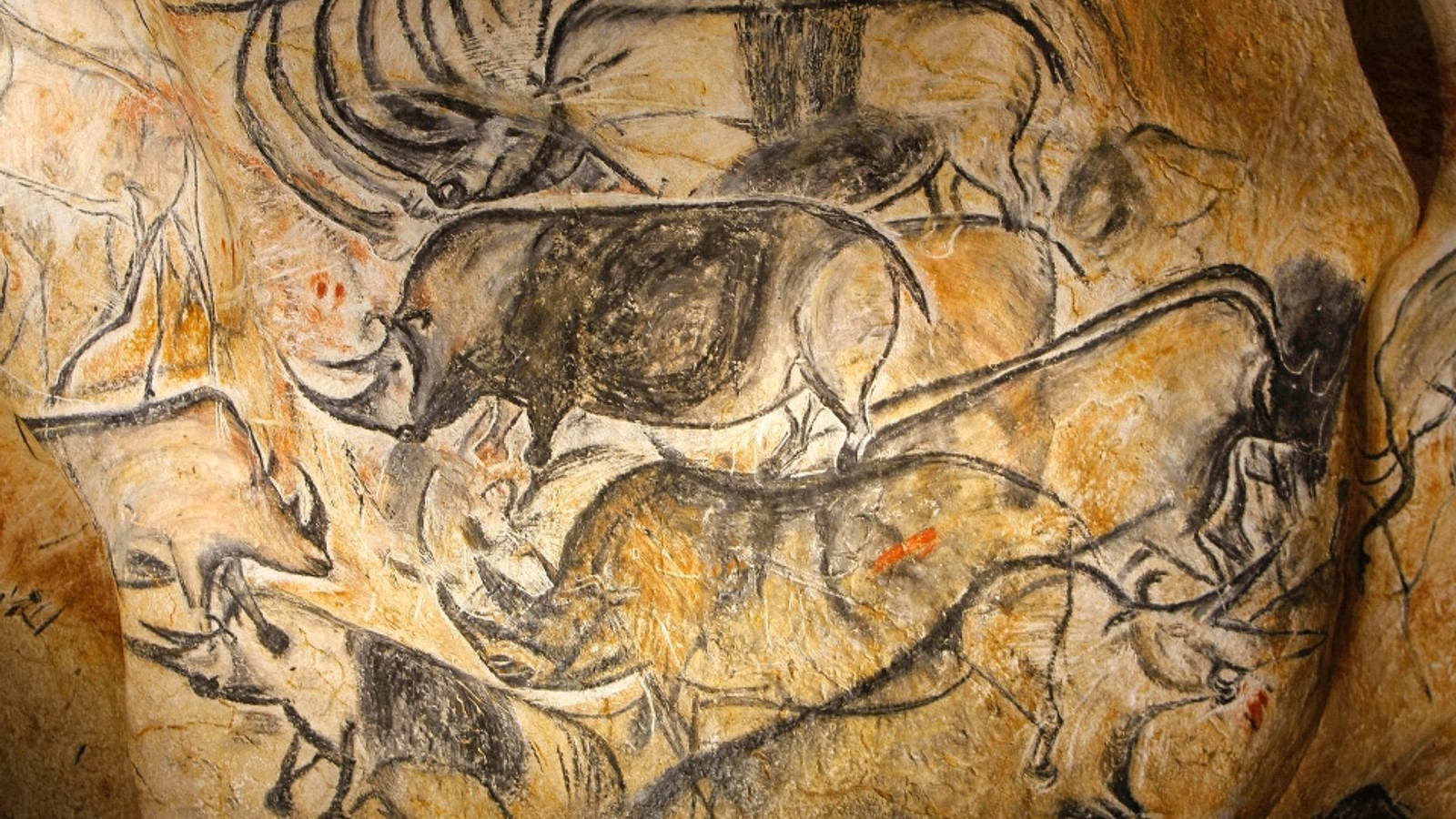
Over 1,000 paintings of animals and people, dating to between 30,000 and 32,000 B.P., are found in the Decorated Cave of Pont d’Arc, or Grotte Chauvet-Pont d’Arc in France. These paintings and drawings provide unparalleled insights into ancient art and society.
3. Cueva De Las Manos
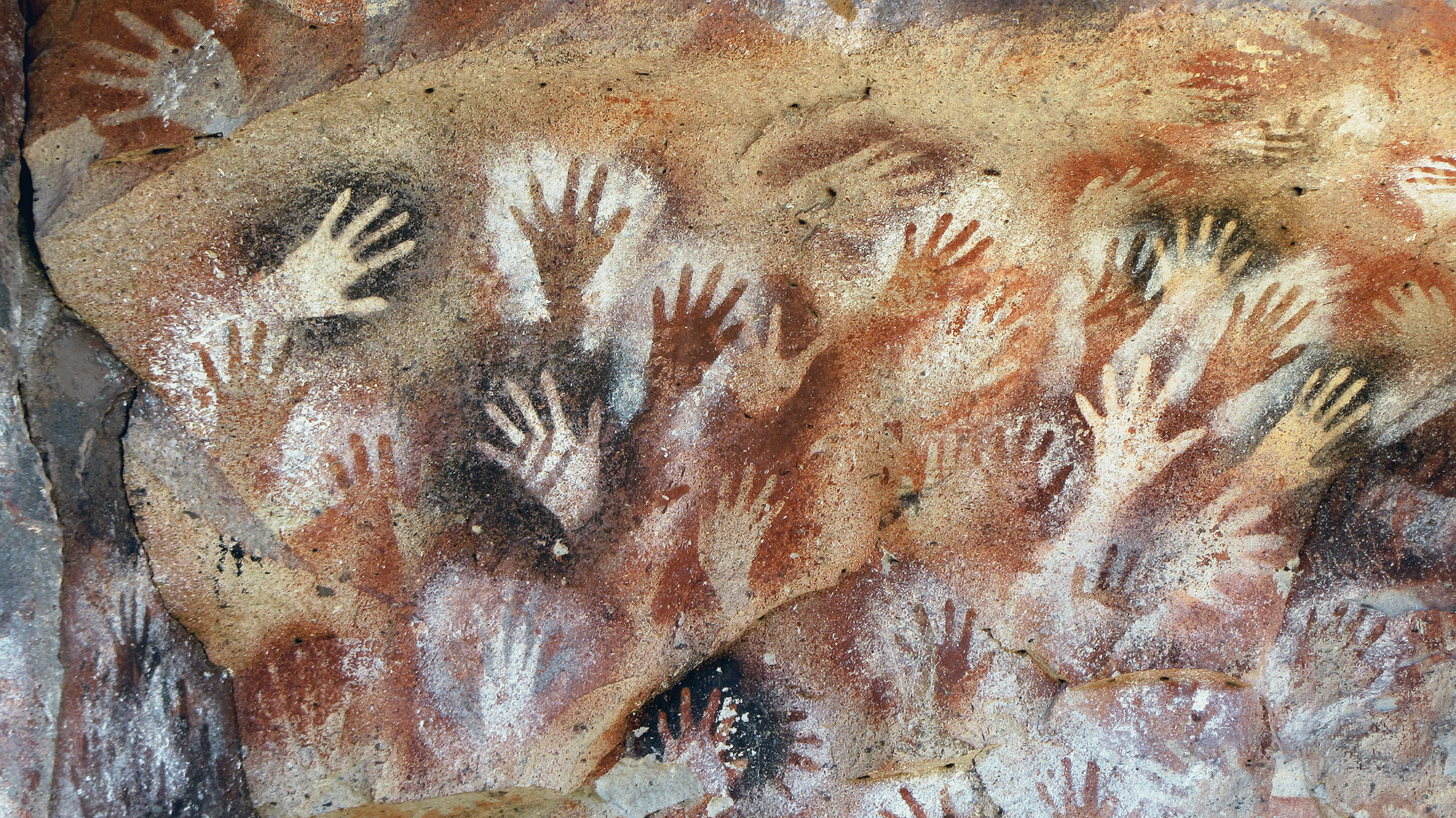
Amazing cave art, including hand stencils and animal representations, can be found in Cueva de las Manos, Ro Pinturas, and dates from 9,300 to 1300 years ago. It has outstanding preservation in a breathtaking natural setting and offers insightful information concerning early Patagonian hunter-gatherer societies.
4. Apollo 11 Cave
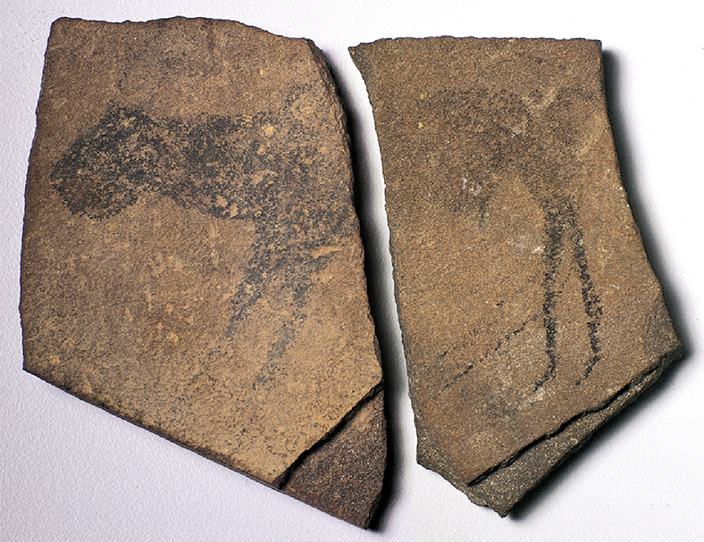
Seven stone fragments featuring animal motifs carved in charcoal, ocher, and white were discovered in a cave about 25,000 years ago in Namibia’s Huns Mountains. They represent some of Africa’s first known works of art and are thought to have been created between 25,500 and 25,300 years ago, during the Middle Stone Age. They demonstrate early human ingenuity and expression before formal writing was invented.
5. Laas Geel
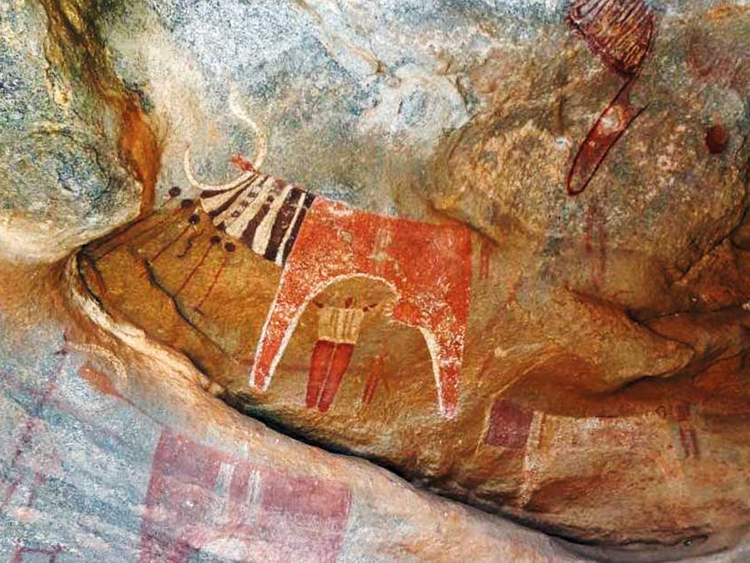
In 2002, a remarkable rock art site called Laas Geel was found in Somaliland. It has colourful images of humpless cows with unusual rectangular neck representations, which are thought to be ceremonial ornaments. At 950 metres above sea level, the property is close to two seasonal rivers.
6. Grotte De Font-de-gaume

Prehistoric polychrome paintings at Font-de-Gaume, a cave in France’s Dordogne region, date to about 17,000 BC. It was found in 1901 by Denis Peyrony and is a part of the Prehistoric Sites and Decorated Caves of the Vézère Valley, which is inscribed on the UNESCO World Heritage List. It has over 200 images.
7. Cave Of Altamira And Paleolithic Cave Art Of Northern Spain
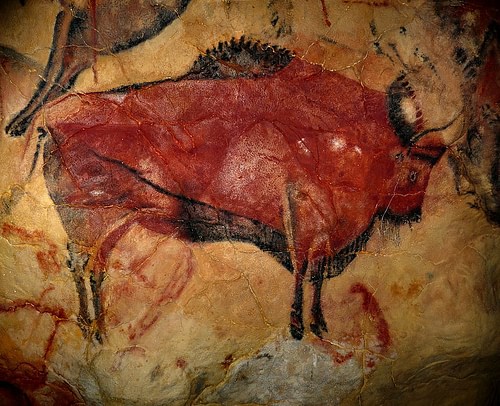
A UNESCO World Heritage site called “The Cave of Altamira and Palaeolithic Cave Art of Northern Spain” is made up of 17 decorated caverns. With well-preserved artworks spanning from 35,000 to 11,000 BC, these caves—including Altamira—display the pinnacle of Palaeolithic cave art and provide insights into early human culture and aesthetic expression.
8. Tassili N’ajjer National Park
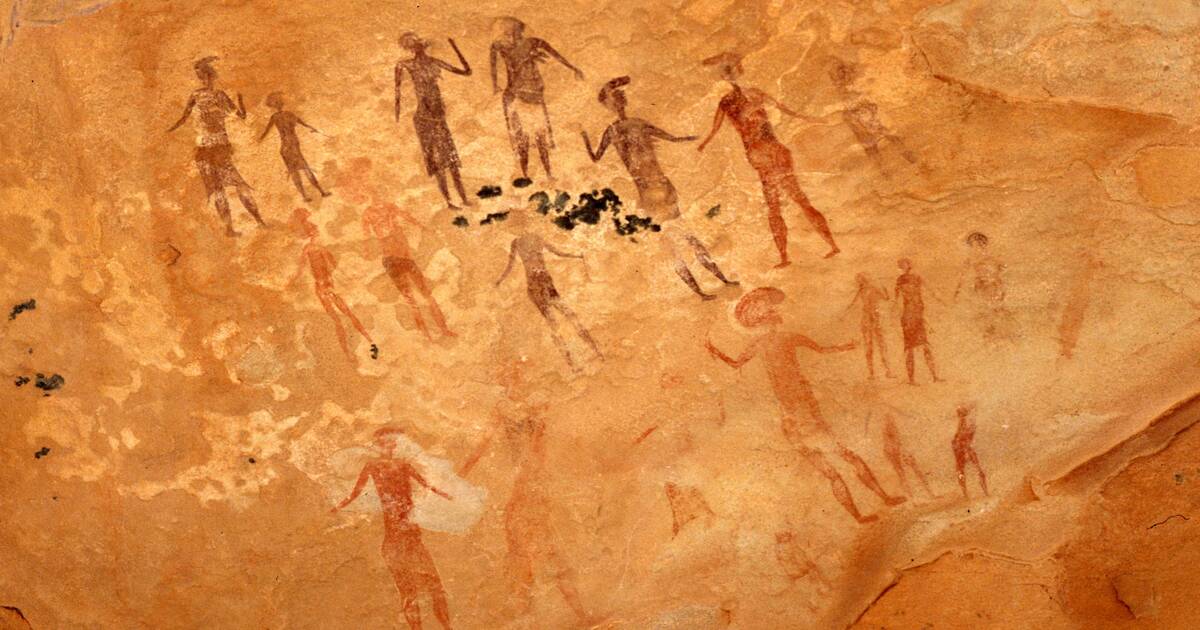
Southeast Algeria’s Tassili n’Ajjer is a large plateau recognised for its outstanding archaeological relics and rock art that dates from 10,000 BC to the present. Geological structures in the location, such as eroded sandstone “rock forests,” produce an unusual and otherworldly landscape.
9. Pech Merle
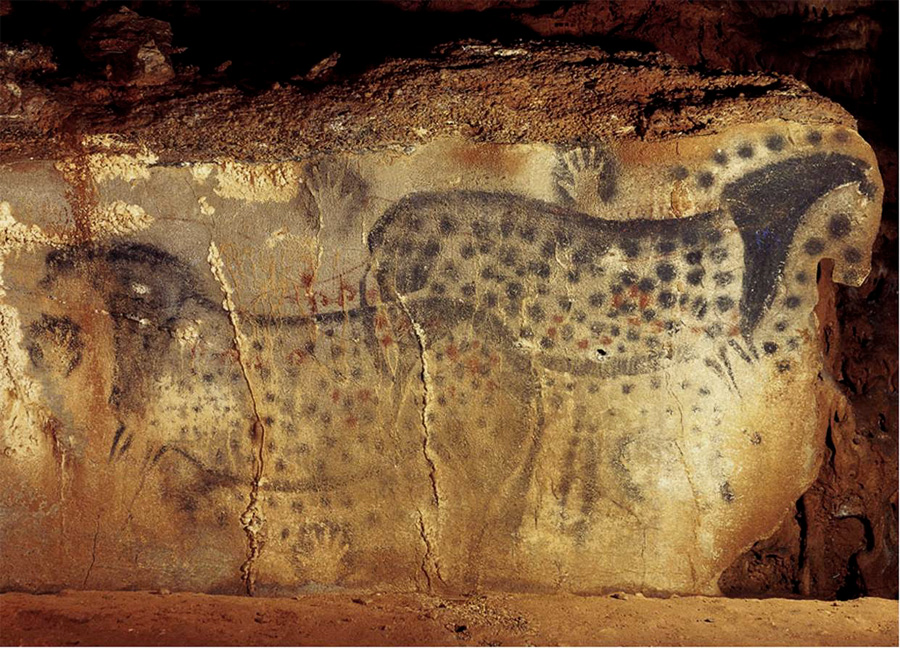
With a length of more than two kilometres, the Pech Merle cave displays a variety of natural geological marvels and exceptionally well-preserved prehistoric art. It was identified as a Historic Monument in 1926 and has been accessible to the public since its discovery at the beginning of the 20th century.
Read Also:




